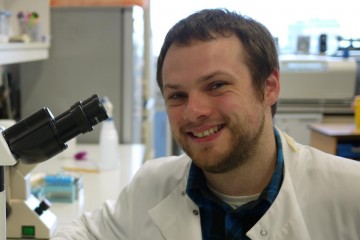Fellowship
Multiphoton imaging in human liver tissues: validation of a new tool for drug discovery

At a glance
Completed
Award date
September 2018 - December 2020
Grant amount
£109,410
Principal investigator
Dr Scott Davies
Institute
University of Birmingham
R
- Reduction
- Replacement
Read the abstract
View the grant profile on GtR
